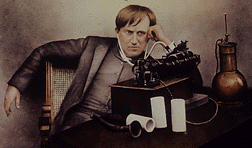Picture of Thomas Edison
The Bettmann Archive
Thomas Edison
Thomas Edison was an American inventor who lived between 1847-1931. He patented 1093 inventions in his life, including the incandescent light bulb, which provided a practical means of electical lighting for every family in the U.S.
Edison also invented the phonograph, a device which records and plays back sound. He used his design for the phonograph to later develop the kinetoscope, a motion picture machine used in moviemaking.
Edison credited hard work for his success, and had experimented with 6000 different materials for the filament in his light bulb before finding one that worked. He used to say that "genius is one percent inspiration and 99 percent perspiration".
You might also be interested in:

How did life evolve on Earth? The answer to this question can help us understand our past and prepare for our future. Although evolution provides credible and reliable answers, polls show that many people turn away from science, seeking other explanations with which they are more comfortable.
...more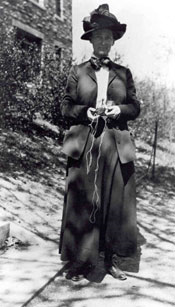
Florence Bascom (1862-1945) was one of the first female geologists in the United States and her colleagues regarded her as one of the nation’s most important geologists. In 1896 she was the first woman
...more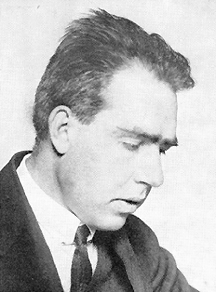
Niels Bohr was a Danish physicist who lived between 1885-1962. He investigated atomic structure, modifying Rutherford's old model of an atom by confining electrons to orbits of specific radii. Bohr also
...more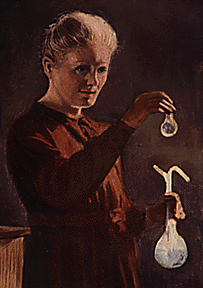
Marie Curie was a physicist and chemist who lived between 1867-1934. She contributed greatly to our understanding of radioactivity and the effects of x-rays. She was born Maria Skłodowska in Warsaw,
...more
Albert Einstein was a German physicist who lived between 1879-1955. His special and general theories of relativity, theory of Brownian motion, work in quantum physics, statistical mechanics, and on the
...more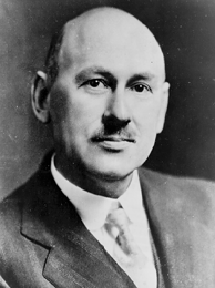
Robert Goddard was an American physicist who lived between 1882-1945. He was a pioneer of modern rocketry who discovered that liquid fuel is more efficient than solid fuel. Although Goddard's first rocket
...more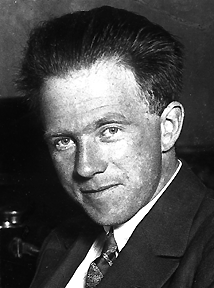
Werner Heisenberg was a German physicist who lived between 1901-1976. He developed new theories in quantum mechanics which agreed with the results of previous experiments. Heisenberg is most famous for
...more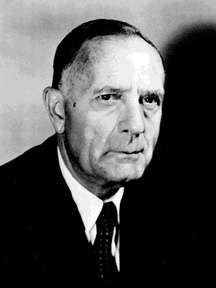
Edwin Hubble was an American astronomer who lived between 1889-1953. He studied law at Oxford under a Rhodes scholarship before deciding on a career as an astronomer. This career eventually led to cosmology.
...more
